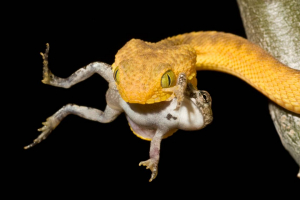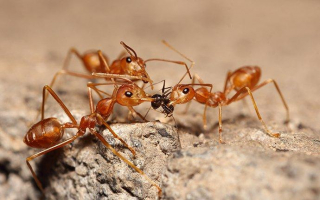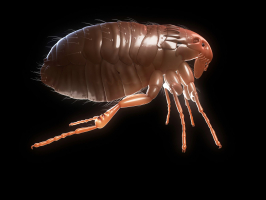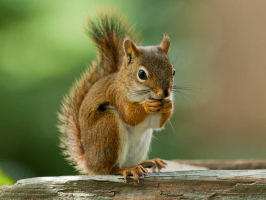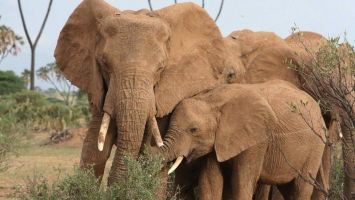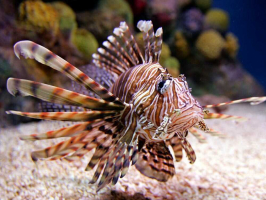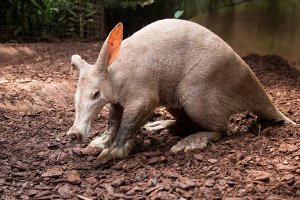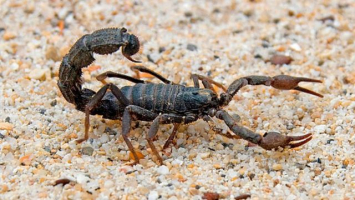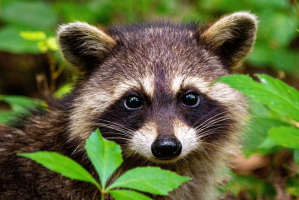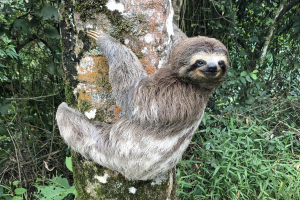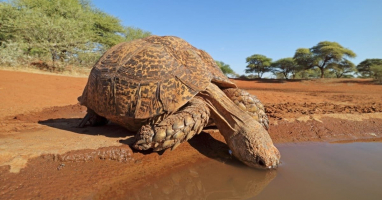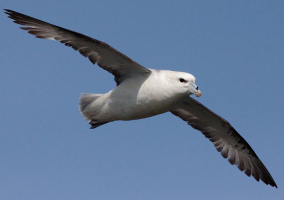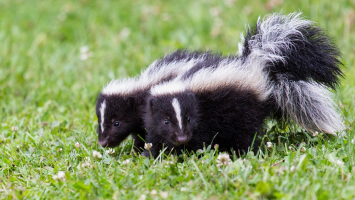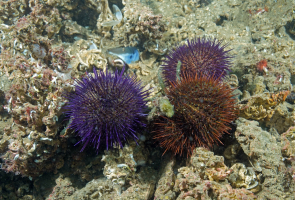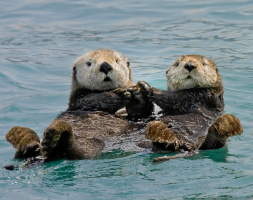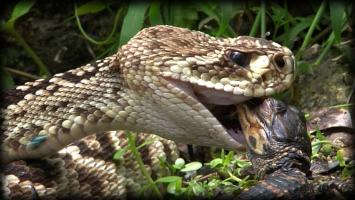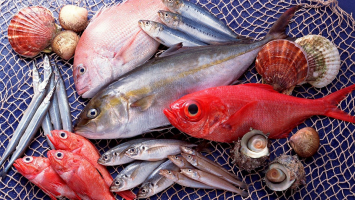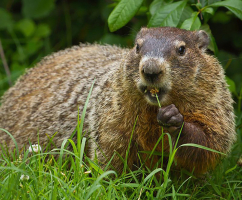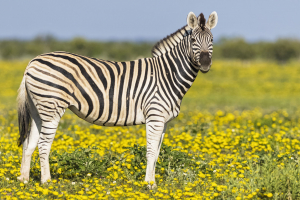Top 10 Predators of Porcupines that Eat Porcupines
The porcupine is most well-known for its pointed spikes and intimidating appearance, which help it defend itself from predators. The capacity of porcupines to ... read more...defend themselves with their robust spines, commonly known as quills, separates them from the majority of rodents. They still have a large number of natural predators, nevertheless, who pursue them despite all odds. Let's take a look at the top predators of porcupines that eat porcupines.
-
The fishers, also known as the North American Martens are exceptionally skilled hunters who prey on tiny to medium-sized rodents, including but not restricted to rabbits, hares, birds, and porcupines. They are one of the few species of animals with refined hunting techniques. One of the rare predators that can kill porcupines is the North American Marten. They accomplish this by biting the animal on the face, which is free of quills until it is too weak to resist being rolled over and bitten in the soft underbelly. Before the fisher can bite the victim fatally, the attack can frequently last longer than 30 minutes.
The majority of a porcupine's life is spent in trees, where it is protected from predators on the ground. This strategy may be effective against many predators, but it is ineffective against the North American Marten. This long, sleek creature would follow a porcupine up a tree and wear out its target before striking using its superior arboreal skills. A fisher, like a squirrel, can climb a tree before turning around and crashing head first into a porcupine to knock it to the ground. The swift fisher now has the upper hand over its lethargic target once it has reached the ground.
They have two options: assault the porcupine's exposed face or figure out a method to turn it over, leaving it defenseless. Martens are said to be the main predator of porcupines in the United States, perhaps because they enjoy the flavor of their meat, and they would assault the porcupine to consume it. Because of their small size, fishers are specially equipped to attack porcupines, they frequently target the undefended face whereas larger predators try to attack the entire body and battle with the quills. Additionally, the Fisher has been known to consume domestic cats and small dogs as well as chicks from chicken coops when a marten's environment has been disturbed by human settlement. Martens are extremely proficient hunters.
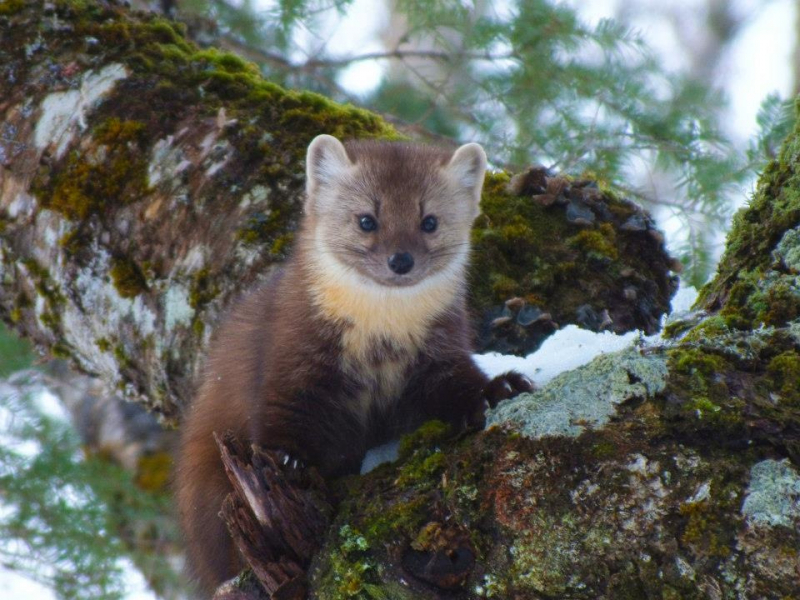
animals.howstuffworks.com 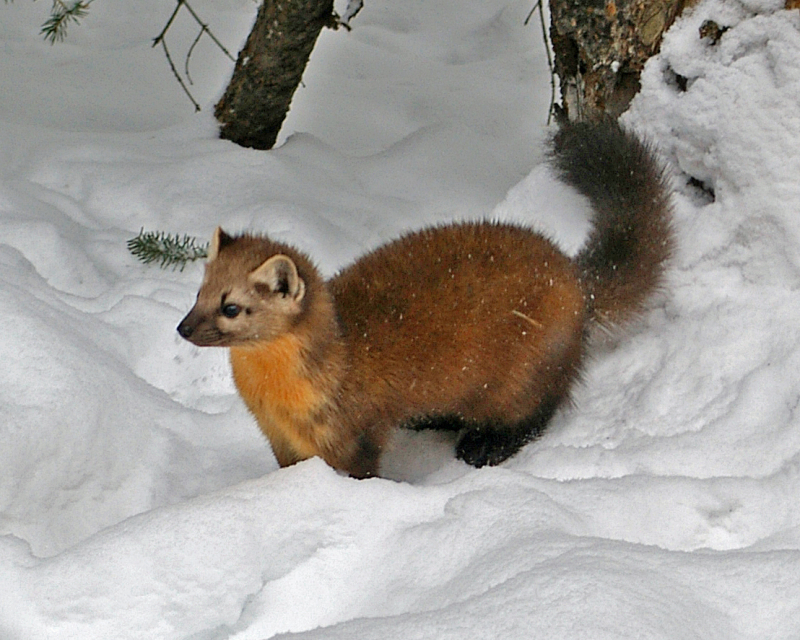
animals.howstuffworks.com -
Bobcats are widespread in North America and may be found in both woods and deserts. The bobcat, a member of the lynx family that inhabits North America, prefers to live in woodlands but can also survive in semi-desert due to its high level of adaptability. They are renowned for being extremely adaptable predators who would seize any chance to capture prey. Bobcats often hunt at night, when they may take advantage of their stealthy mobility, superior hearing, and exceptional vision. In addition to attacking chickens and other small birds, deer, and rodents, they are skilled hunters that prefer to hunt rabbits and hares for sustenance. Although bobcats have been known to kill porcupines, they usually only do it in times of extreme hunger.
To efficiently attack a porcupine, the bobcat would use the same strategy as the marten, which is to flip the animal over and expose its belly. Additionally, to kill the porcupine, it immediately hits the porcupine in the face. The only area of a porcupine's body that isn't protected by armor is its face, and the bobcat has evolved to take advantage of this weakness. The quills that shield its face from above are useless against assailants that approach from the ground. The bobcat, a species resembling a lynx, has a clear advantage over the porcupine because it is long and low to the ground. It’s not uncommon for the attack to cause the porcupine to be jailed before the bobcat.
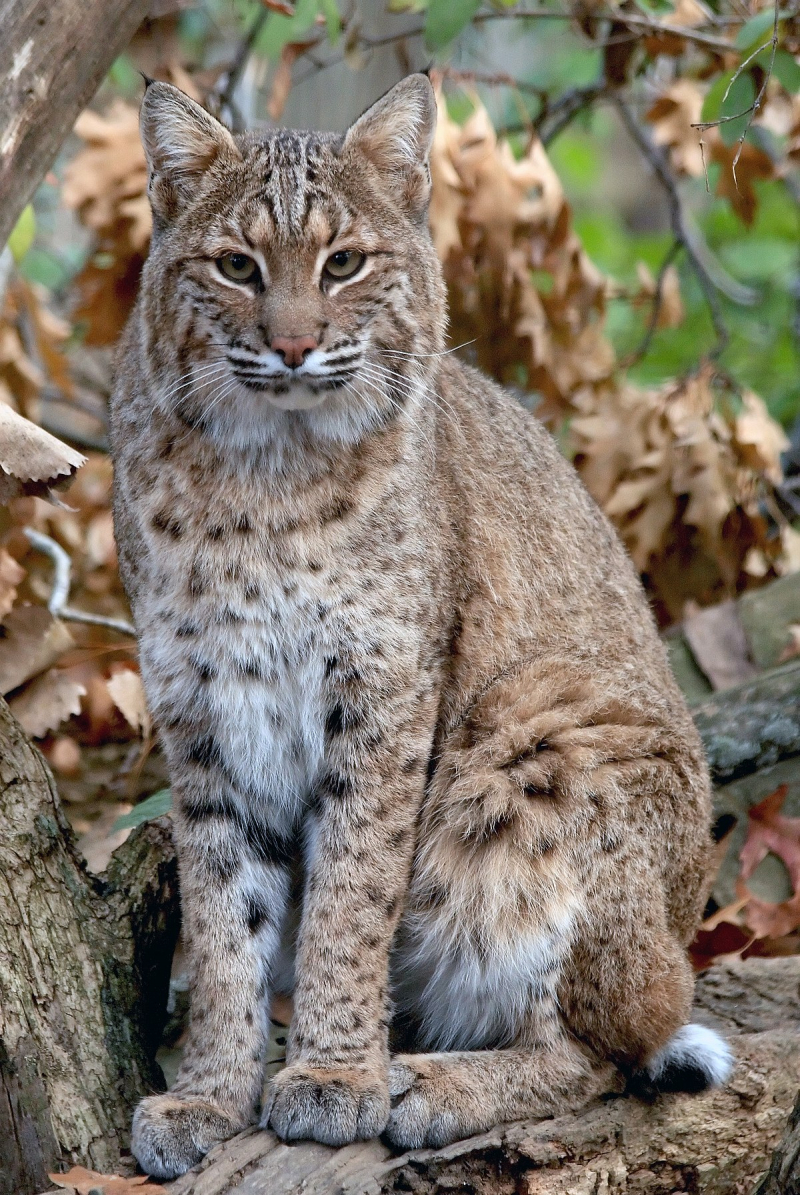
www.treehugger.com 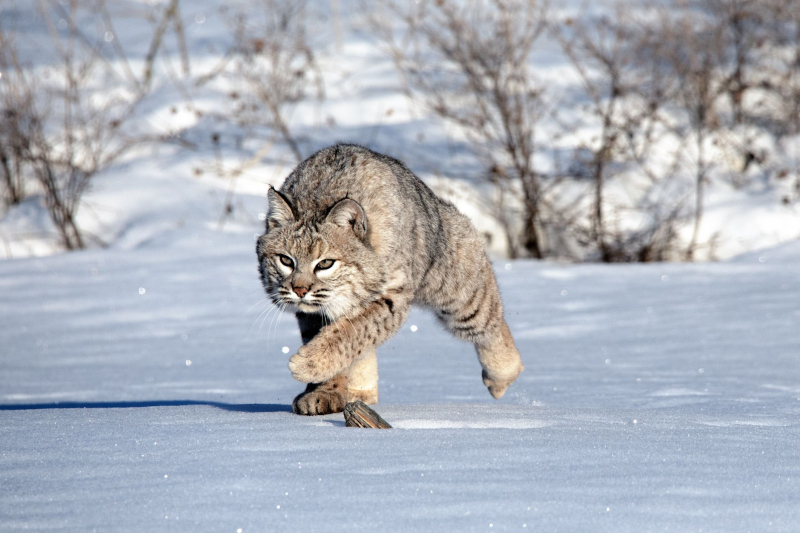
www.treehugger.com -
The coyote is the most prevalent big predator in Minnesota. Although they occasionally kill large animals and cattle, coyotes typically concentrate on small creatures. Coyotes and their bigger cousins, the timber wolves, often get along poorly. The coyote, another adaptable North American predator that may be found throughout the United States and is continually expanding its habitat, is another predator of the porcupine. Despite being smaller than its relative, coyotes can still do significant damage to residential dwellings and will hunt chickens and other birds. They may attack any rodent as well as sheep, rabbits, and hares because of their wide-ranging diet.
A similar technique of turning the porcupine onto its belly is employed by coyotes. This works particularly well if the coyote is hunting with a companion, which is something coyotes have been observed to do. It will be simpler to catch the porcupine and turn it over if it is encircled and unable to escape. Coyotes have been observed specifically targeting porcupines in pairs, turning them over to eat from their stomachs. Only mature, experienced coyotes have been observed doing this behavior; smaller ones have been observed hurting themselves on porcupine quills.
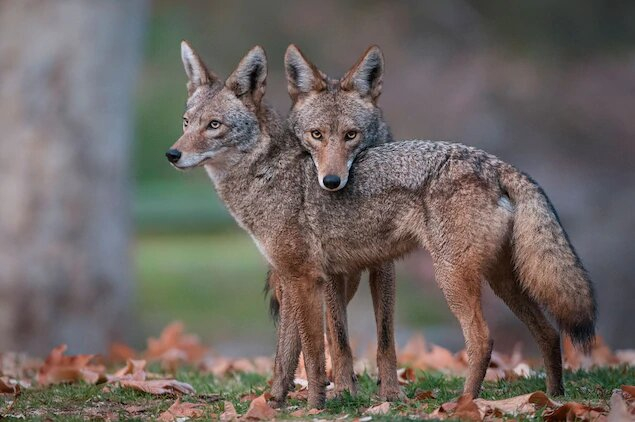
carnivora.net 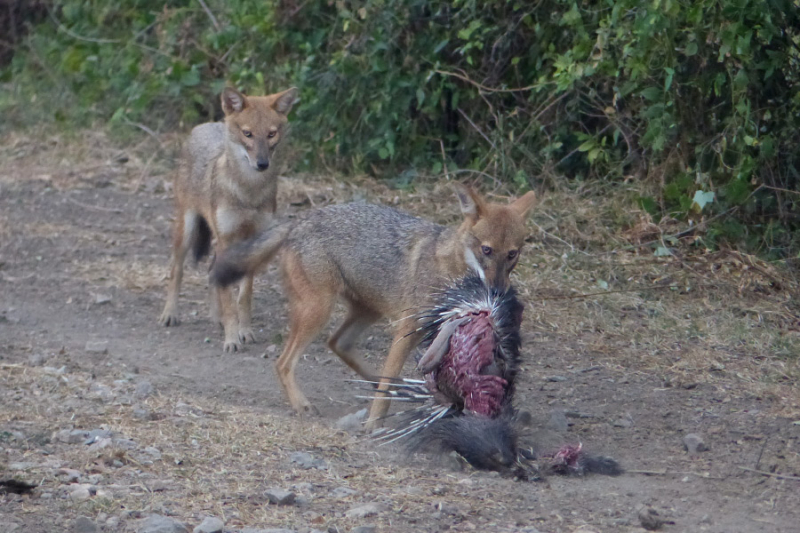
carnivora.net -
The largest predators of porcupines in the Old World, such as Africa, are the various giant wild cats, notably lions, who are cunning enough to deliberately turn the porcupines over and attack them in this manner. Surprisingly, studies indicate that porcupines can kill lions or at the very least critically hurt them. A porcupine quill may pierce an aggressor quite deeply, in one instance, a lion was discovered with a quill that had pierced more than six inches into its nose and nearly reached its brain. Due to this wound, the lion found it difficult to continue its hunt and was unable to remove the quill, as a result, it turned to attack people, something that lions typically wouldn't do. A researcher asserted that a lion's attack on a human in the circumstance was motivated only by the victim's vulnerability and the porcupine's quill.
Additionally, during severe droughts and in desert regions where huge prey are less common, lions tend to hunt porcupines more frequently. Porcupines often make up less than four percent of the big cats' diets in wetter regions compared to an average of 28 percent in low-rainfall areas, the study found. Because lions enjoy eating porcupines so much, mountain lions in North America regularly target them. Mountain lion assaults are thought to have played a role in the nearly complete eradication of porcupine populations in states like Nevada, where a 1997 survey indicated that the total number of porcupines dropped from 80 to 5 in just three years.
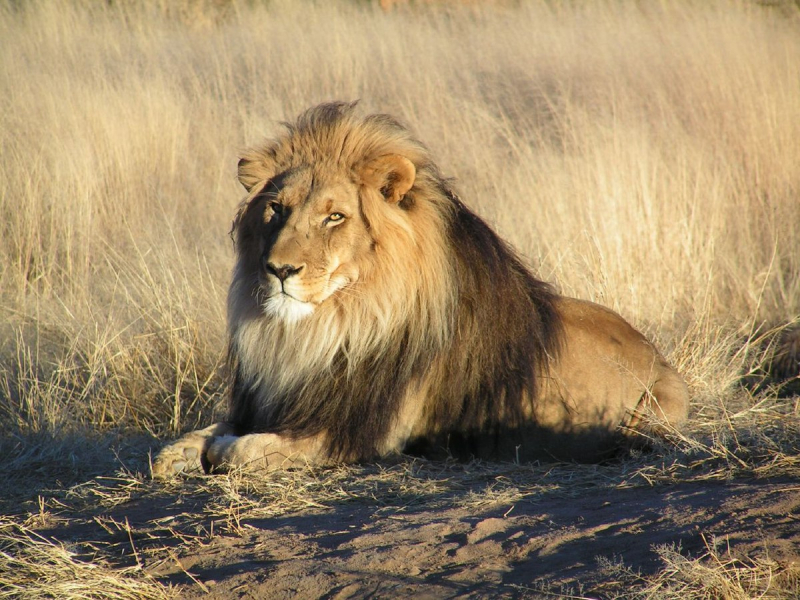
en.wikipedia.org 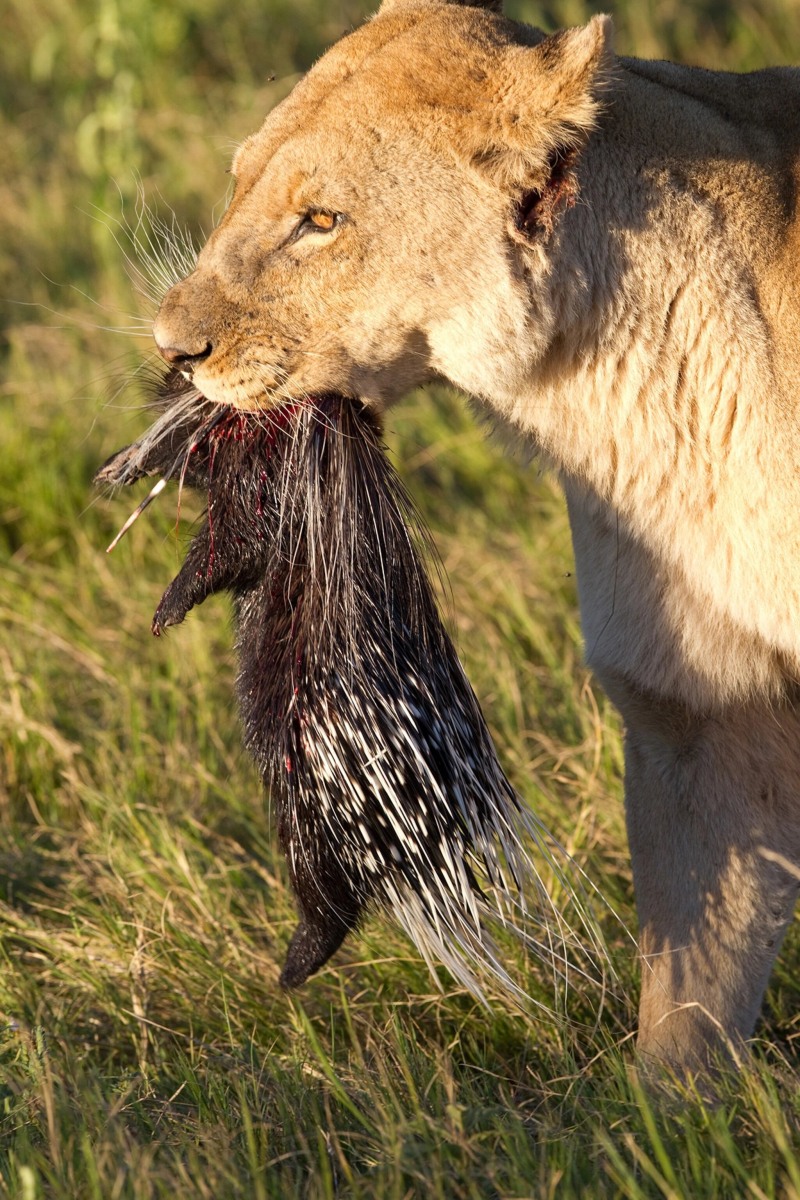
www.nationalgeographic.com -
A creature is known as a mongoose attacks all types of unusual prey in India. Since it is common for a mongoose to target deadly snakes like cobras, they have evolved a variety of ingenious strategies to approach prey that employs various protective mechanisms. They defeat cobras very quickly, just to give you an idea, so it comes as no surprise that these tenacious tiny critters manage to get past the porcupine's prickly defense. At least one species of a porcupine, the Indian porcupine, is known to be preyed upon by Indian gray mongooses.
They may use their favored mode of assault as akin to breaking an egg: they pick up the target prey with their forearms and throw it at a hard object to break the shell. Another impact of this approach is to shock or harm the target until the porcupine uncurls as a result of the pain. As soon as this occurs, a mongoose attacks the soft area and swiftly consumes the porcupines. The juvenile hedgehogs frequently become prey to these predators, even though adult hedgehogs can occasionally defend themselves.
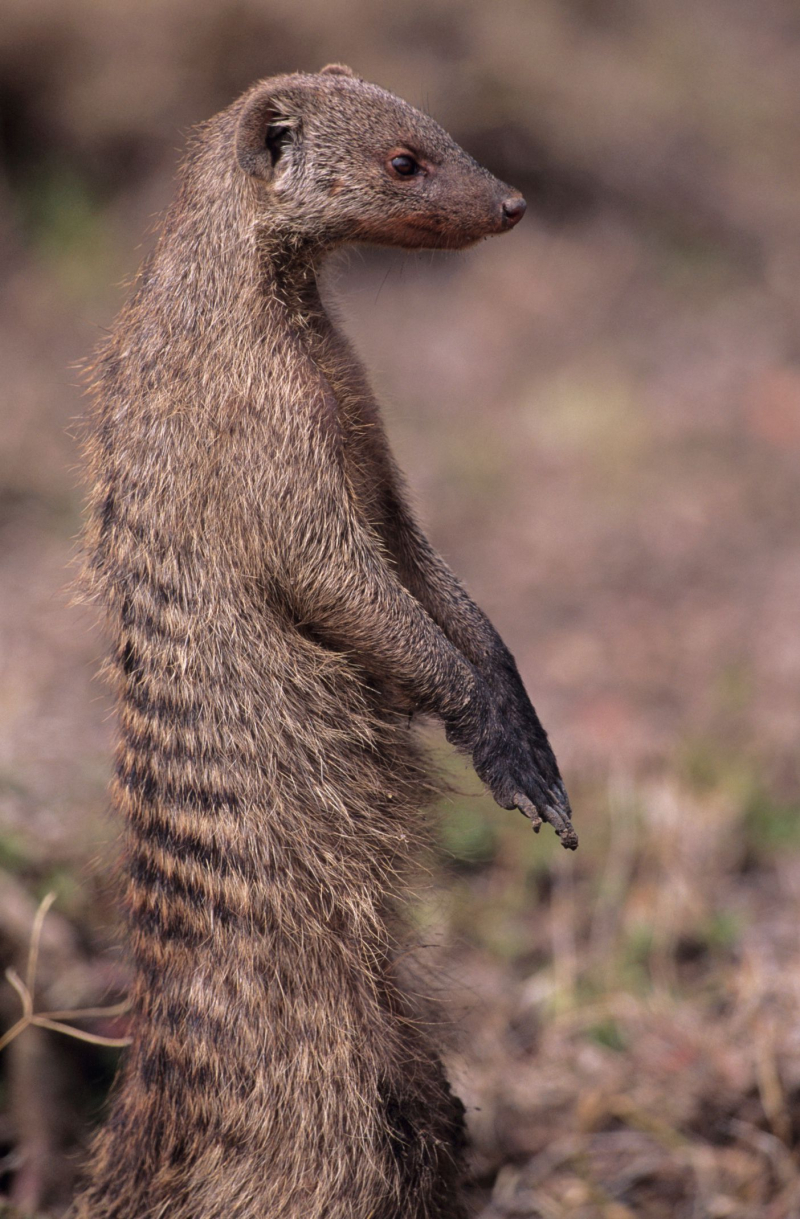
www.thoughtco.com 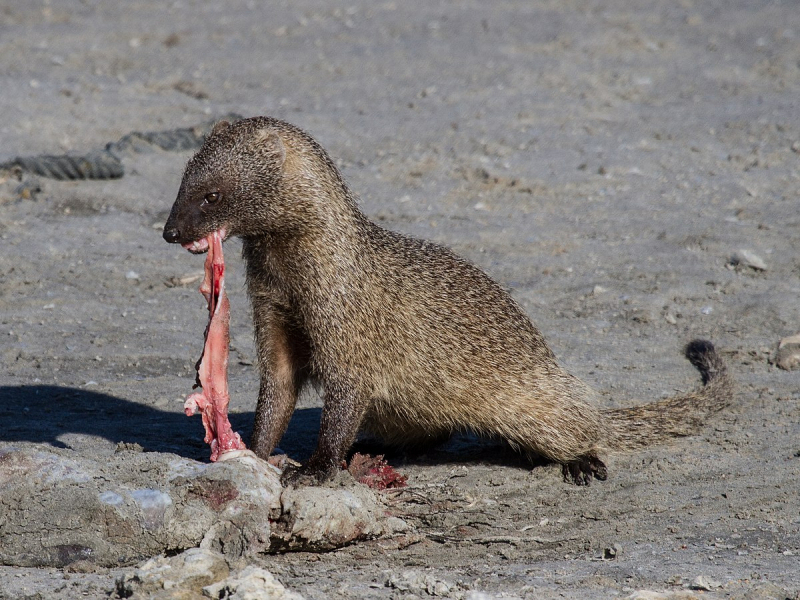
www.thoughtco.com -
The Eurasian eagle-owl, which can attack and kill enormous prey much beyond the capabilities of the majority of other living owls, maybe the most powerful extant species of owl. The species is notable for being able to survive on a wider variety of prey than maybe any other comparable-sized raptorial bird, which, given its size, is nearly entirely limited to eagles. This species can adapt to both enormous preys when it is plentiful and remarkably little prey where it is the only variety accessible. Probably as a result of a mix of intellect and skill, the Eurasian eagle-owl is a well-known predator of the porcupine. Additionally, because the Eurasian eagle-owls are the only predators that regularly consume skunks, porcupines are more vulnerable because owls aren't deterred by their looks.
Porcupines are nocturnal creatures, therefore these two species frequently cross paths. Like porcupines, these huge birds are nocturnal. This indicates that they do not hunt throughout the day and that they are largely inactive during that period. Some birds, like the Eurasian eagle, have extremely powerful claws and, more significantly, they fly silently. These two characteristics make them nearly ideal predators since they can trap a hedgehog without giving it time to first curl into a ball. Porcupine doesn't even get a chance to activate a defense mode before it's too late because it can't hear any warning noises and the eagle can hide its presence in the night. The Eurasian eagle owls kill porcupines and remove the prickly skin from their backs before eating them, which frequently leaves up to dozens of porcupine backs lying about nests.
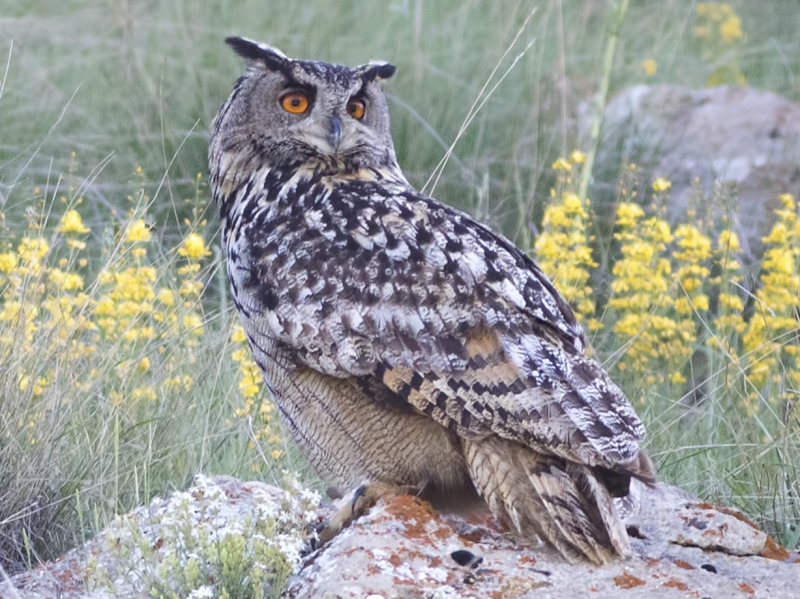
www.lazoo.org 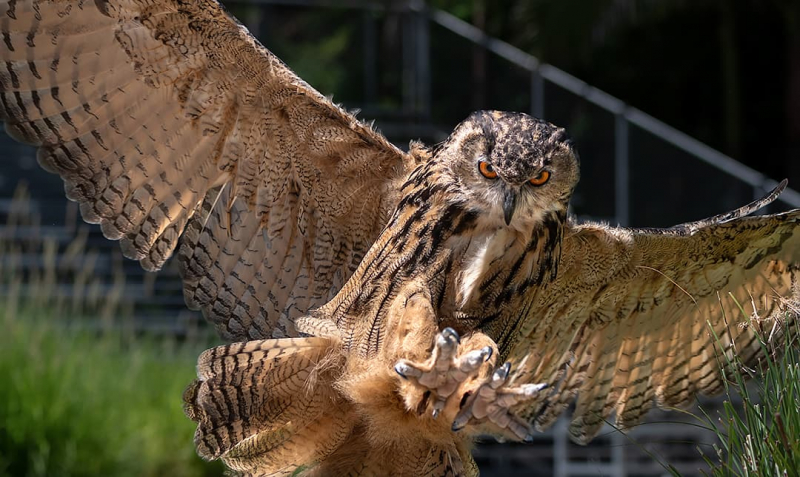
www.lazoo.org -
One of the main predators of porcupines today are badgers. However, badgers weren't actively seen as a danger to the number of porcupines before. Not on a significant hazardous scale, at least. Since the beginning of time, badgers and porcupines have coexisted peacefully while vying for the same worm and slug food. In the past, the badger and porcupine's feeding relationship was mostly opportunistic. The badger may assault a porcupine if he was hungry enough. Even yet, it doesn't happen often because they appeared to prefer an earthworm-based diet as their main food source.
Aside from the badger's evident lack of interest in the porcupine for feeding purposes. Porcupines were also well protected against badgers since they had many places to hide from them, even if the badger did decide he wanted a feast on a porcupine. However, due to habitat destruction and deforestation, climate change lead to changes to their natural habitats. Porcupines now have fewer places to hide making porcupines and badgers share the same habitat. Not only has deforestation impacted porcupines, but it has also placed the badgers in a precarious situation. As a result, the badger's taste for and appetite for porcupines have constantly increased.
Besides, badgers are among the few creatures powerful enough to uncurl a porcupine that is in a protective posture. They can also deal with the spines of the porcupine. The long claws of the badger may penetrate the skin of the porcupine to the point of doesn't hurt by the spines. The badger has the power to pull the porcupine open after a claw is put into the "joint" between the head and the feet of a balled-up porcupine. The porcupine's soft inside will then be removed by him, leaving behind the skin and spines that resemble an orange peel. Thus, porcupines seldom visit places where badger numbers are high because they can be defeated by them.
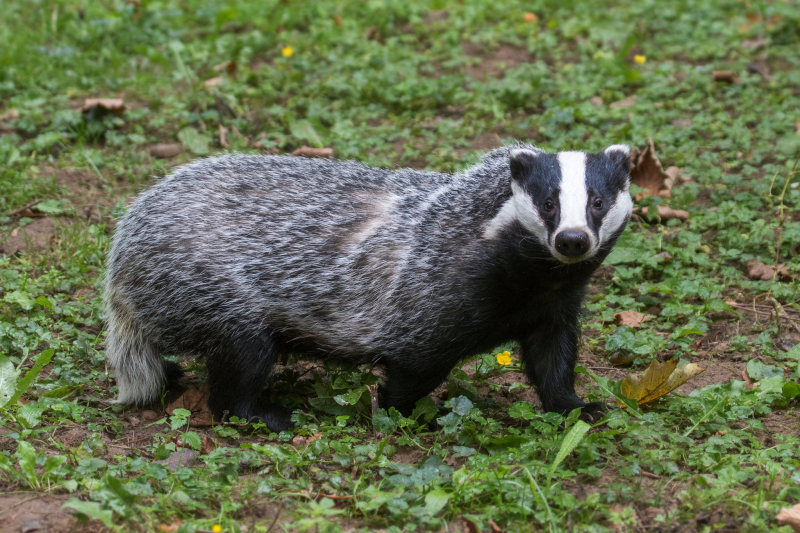
www.treehugger.com 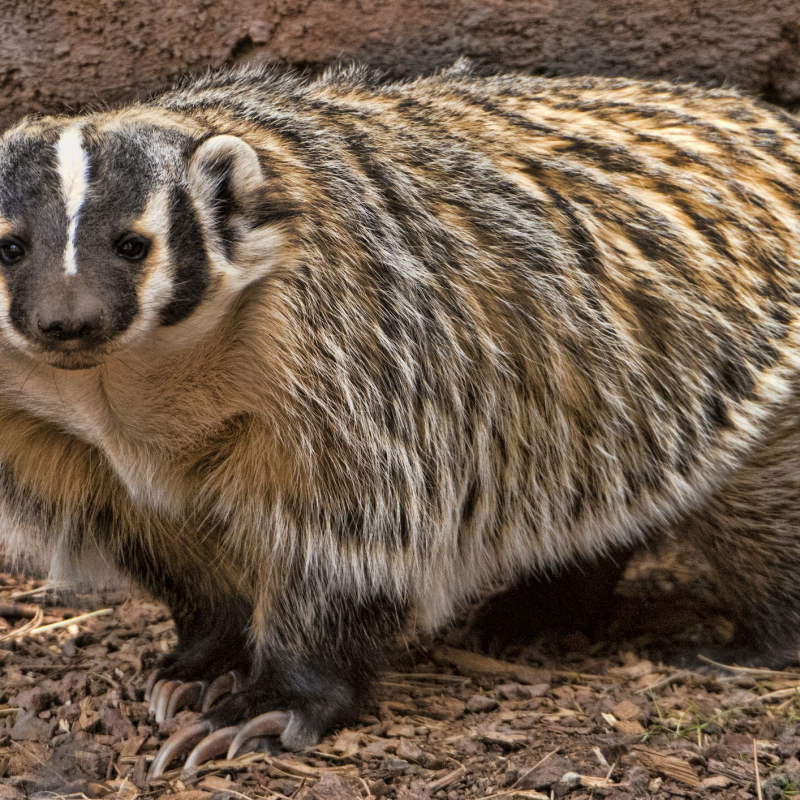
www.treehugger.com -
It's quite improbable that a fox couldn't roll up a porcupine and reveal its backside. Due to the durability of their spines, mature porcupines are typically difficult for foxes to attack or kill. The porcupines would be adequately shielded from the fox by the spikes. But it is noteworthy that foxes' bellies are where foxes most frequently find porcupine remnants. Maybe the majority of porcupines that foxes consume had already passed away from natural causes or were killed by a more clever predator. Foxes are renowned for their scavenging habits, and they would gladly eat anything that a larger predator leaves behind, including deer. In actuality, foxes have discovered that scavenging is simpler since it allows them to use less energy.
Foxes are carnivorous creatures who are frequently viewed as slothful. This predator of porcupines is skilled hunters because they mostly consume "dying fauna" rather than are inclined to attack. Given their large population and proximity to cities, foxes have easy access to the trash as food. This indicates to a fox that it doesn't need to go hunting to feel satisfied. Because of this, even if they have the ability, foxes will rarely assault porcupines. But, a permanent fox presence in the habitat of porcupines will not be good news at all for the porcupines because foxes tend to adapt quite well to any habitation.
This doesn't imply that a fox couldn't kill a porcupine if it wants to, and there are a few ways they can achieve so. First of all, a young porcupine will be more likely to be chosen than an adult. Juvenile hedgehogs are significantly simpler to uncurl than adult hedgehogs because they have softer spines and weaker curling muscles. A fox may also disable a porcupine before killing it. There is a good possibility that the fox will catch the porcupine by the leg if it chooses to flee rather than curl up, this prevents it from curling up and defending itself.
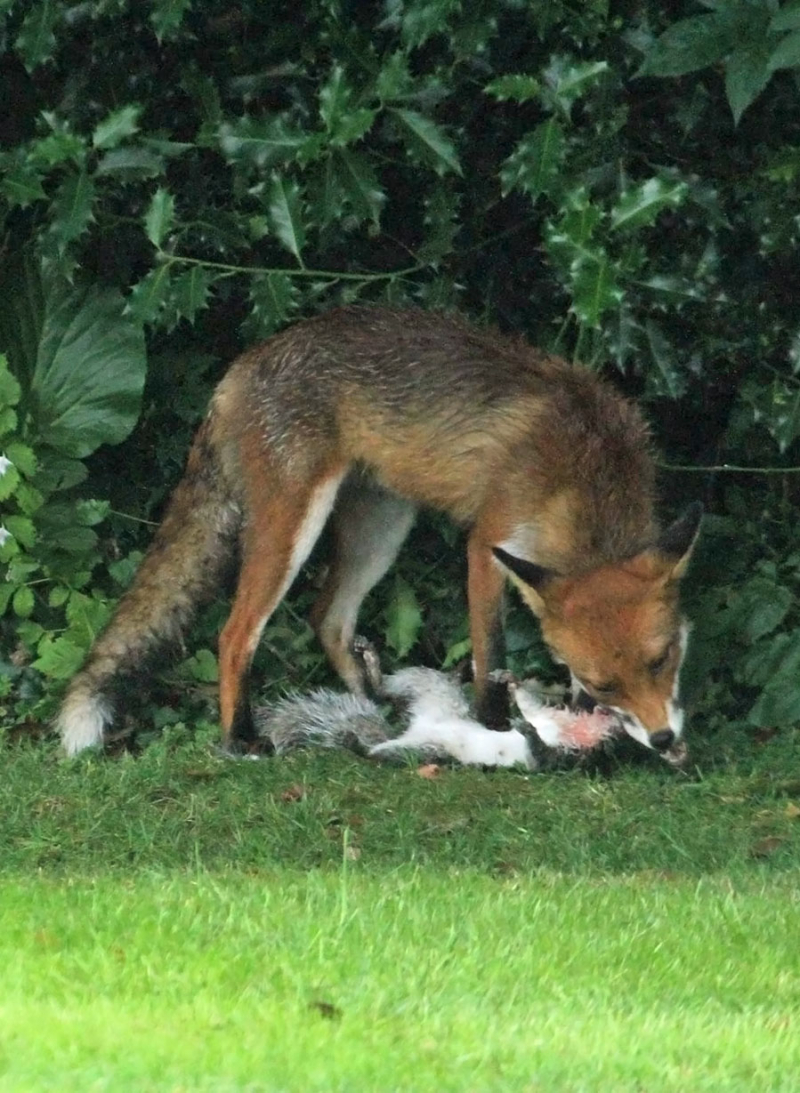
sciencenorway.no 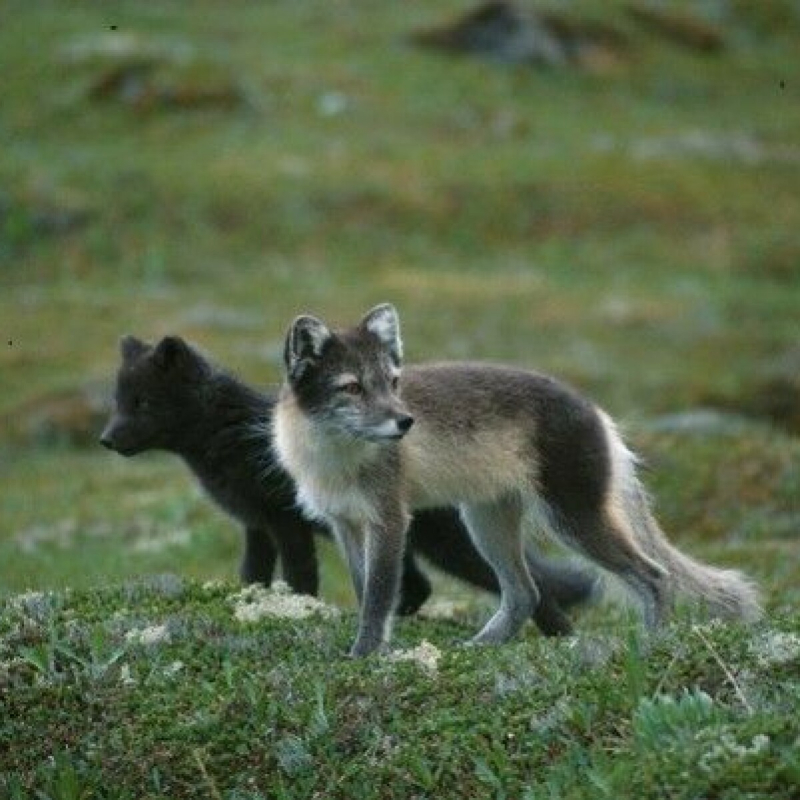
sciencenorway.no -
Because weasel's nutrition changes throughout the year. Weasel become is a hunter, a vicious carnivores. Weasels will attack creatures as large as rabbits, and they will completely consume the neck of a turkey. The weasel will consume rats and any other food that doesn't need a lot of energy to acquire when prey is abundant and diverse in the spring. Weasels must look for burrows to find rodents like porcupines since there are fewer eggs, frogs, and fish in the winter. To stay warm and healthy in the winter, weasels need to eat a lot. They can eat through almost anything else with their powerful, pointed teeth. Porcupines and weasels don't often get along, and in the wild, they can engage in brutal combat.
A weasel became is one of the most well-known and effective porcupine predators. These creatures are not large, they are just slightly larger than porcupines. Despite this, through time they have grown to have a preference for porcupines, particularly in New Zealand where these spiky balls are the principal food source for weasels. They have mastered particular methods that enable them to capture a porcupine and consume its soft sections without suffering from the discomfort that can be brought on by spikes. Weasels are thus one of the most frequent predators of porcupines worldwide, despite the tiny size difference.
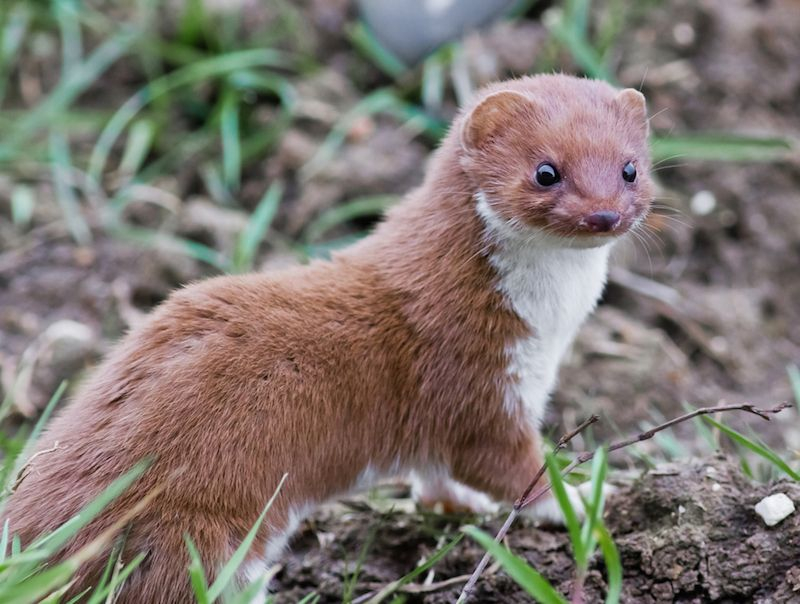
hedgehogregistry.org 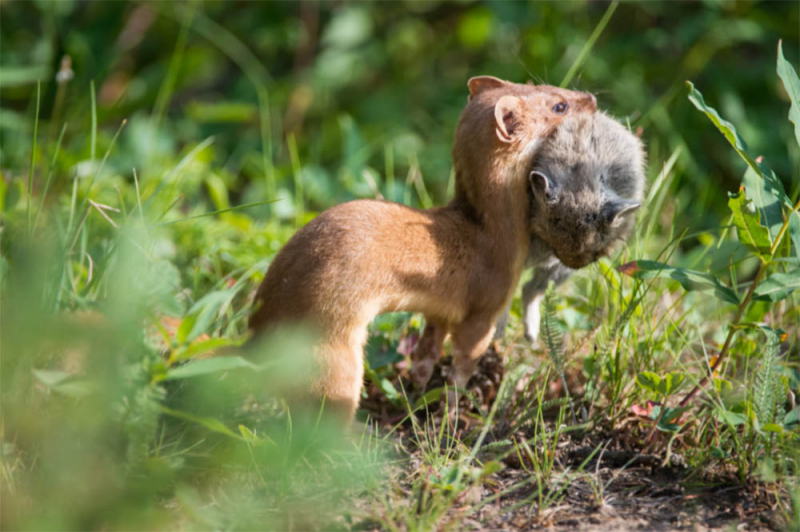
hedgehogregistry.org -
Due to their tiny size and preference for living in wooded areas, porcupines are frequently hunted by a variety of predators. Hedgehogs can fall prey to foxes, weasels, and owls, nevertheless, porcupines have also been reported to meet their demise in a snake's coils.
Although it is not unusual for snakes to consume porcupines, they frequently avoid doing so because of the size of the animals and the sharp spines that protrude from their backs. In general, snakes won't bite a porcupine unless they're after it for food. Unfortunately, snakes will try to eat anything little, and scurrying crosses their way since they are not selective eaters by nature, this includes porcupines.
In a fight with a snake, mature porcupines have a better chance of surviving and may even hurt in the process. However, snakes are more likely to kill and devour juvenile porcupines, sometimes known as hoglets. Porcupines are immune to snake venom, which is remarkable, however, they are not immune to snake suffocation or snake eating tactics. The snake's chances of successfully digesting the animal increase if it is large enough to digest a tiny porcupine. And this happens a lot too.
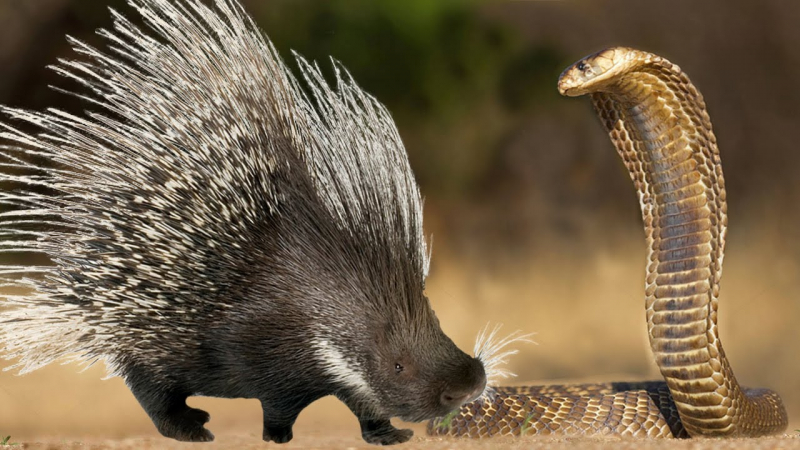
hedgehogregistry.org 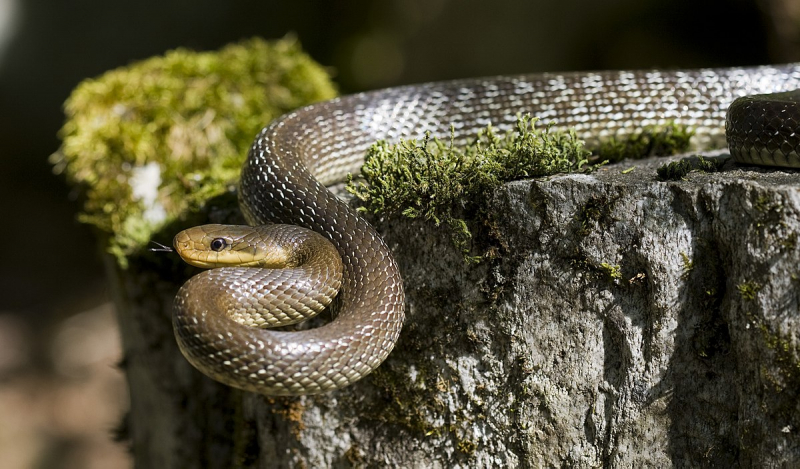
en.wikipedia.org












